Prevacid is a medication that contains the active ingredient lansoprazole. It belongs to a class of drugs called proton pump inhibitors (PPIs) and is used to reduce the production of stomach acid. Here’s an overview of the uses, benefits, common symptoms, and potential side effects of Prevacid tablets: Prevacid Tablet Uses Benefits and Symptoms Side Effects

Uses:
Prevacid tablets are used for the following conditions:
- Acid Reflux: Prevacid is prescribed to treat gastroesophageal reflux disease (GERD), a condition where stomach acid flows back into the esophagus, causing symptoms like heartburn and acid regurgitation.
- Stomach Ulcers: It is also used to heal and prevent stomach ulcers caused by excessive stomach acid.
- Zollinger-Ellison Syndrome: Prevacid can be used to manage the symptoms of Zollinger-Ellison syndrome, a rare condition where the stomach produces too much acid.
Benefits:
Prevacid tablets provide several benefits for individuals with acid-related conditions, including:
- Acid Reduction: Lansoprazole, the active ingredient in Prevacid, inhibits the enzyme responsible for acid production in the stomach, reducing the amount of acid produced.
- Symptom Relief: By reducing stomach acid, Prevacid helps alleviate symptoms such as heartburn, acid regurgitation, and stomach pain.
- Healing and Prevention: Prevacid can aid in the healing and prevention of stomach ulcers by reducing acid production and allowing the affected area to heal.
Symptoms:
The symptoms that Prevacid tablets help alleviate are primarily related to acid reflux, GERD, and stomach ulcers. These symptoms may include:
- Heartburn
- Acid regurgitation
- Sour taste in the mouth
- Stomach pain or discomfort
- Nausea or vomiting (in some cases)
Side Effects:
Prevacid tablets are generally well-tolerated when used as directed, but they can cause side effects in some individuals. Common side effects may include:
- Headache
- Diarrhea
- Nausea
- Stomach pain or discomfort
Less common but potentially serious side effects can occur,
and it’s important to seek medical attention if any of these symptoms occur:
- Severe allergic reactions (rash, itching, swelling, difficulty breathing)
- Severe diarrhea or abdominal pain
- Unusual tiredness or weakness
- Bone fractures (with long-term use at high doses)
It’s crucial to note that this is not an exhaustive list of side effects,
and different individuals may experience different reactions. It’s important to read and follow the instructions on the product label and consult a healthcare professional if you have any concerns or questions about Prevacid tablets or their side effects. If you have specific medical conditions or are taking other medications, it’s advisable to consult a healthcare professional for personalized information based on your situation.
Prevacid medicine what is Prevacid drug Prevacid Tablet kya hai Prevacid Tablet in hindi Prevacid medicine what is Prevacid drug Prevacid Tablet kya hai Prevacid Tablet in hindi

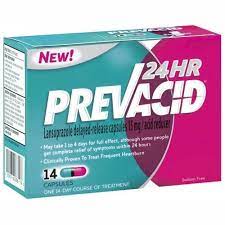
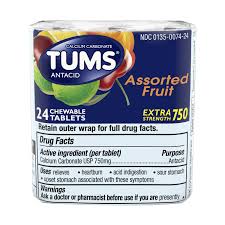




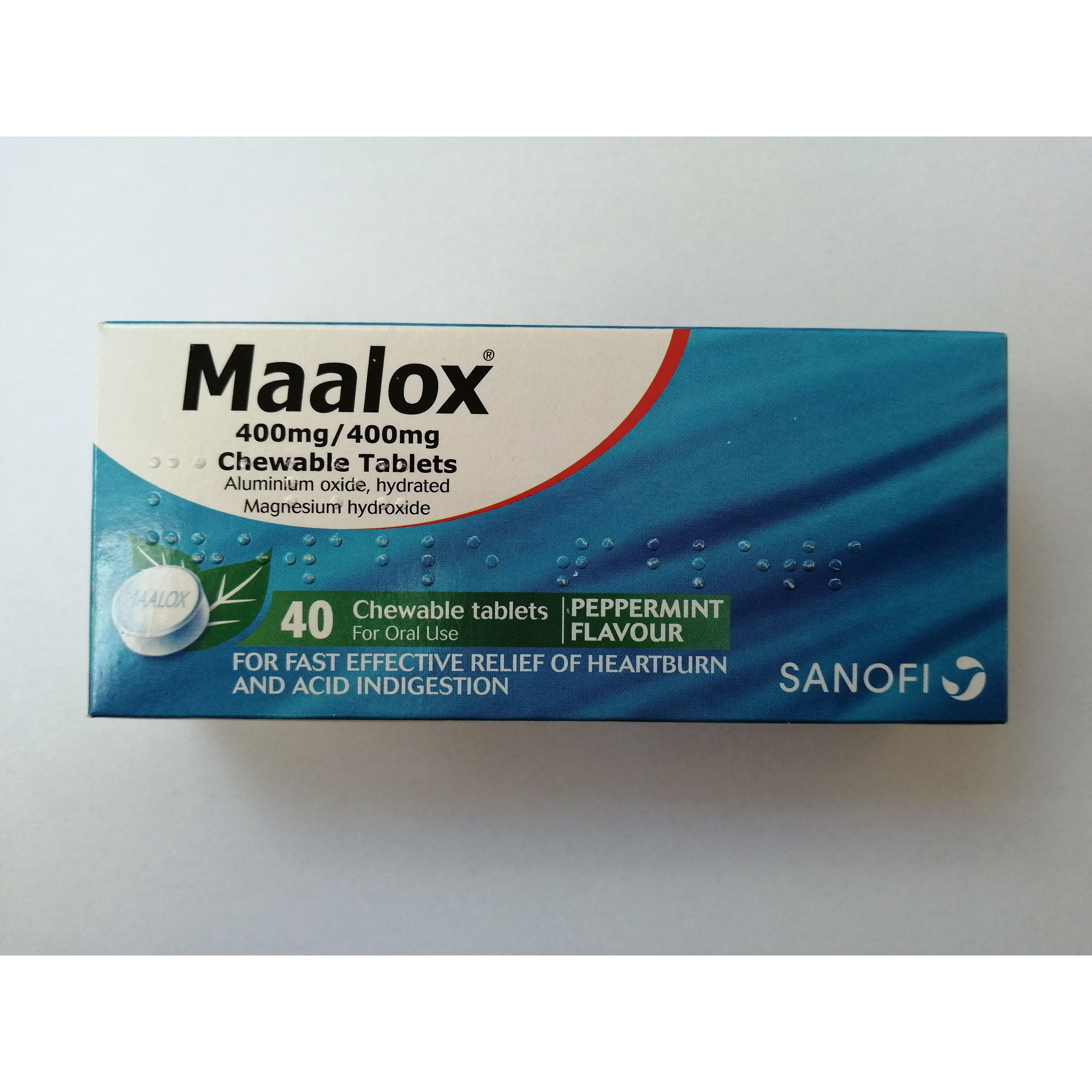

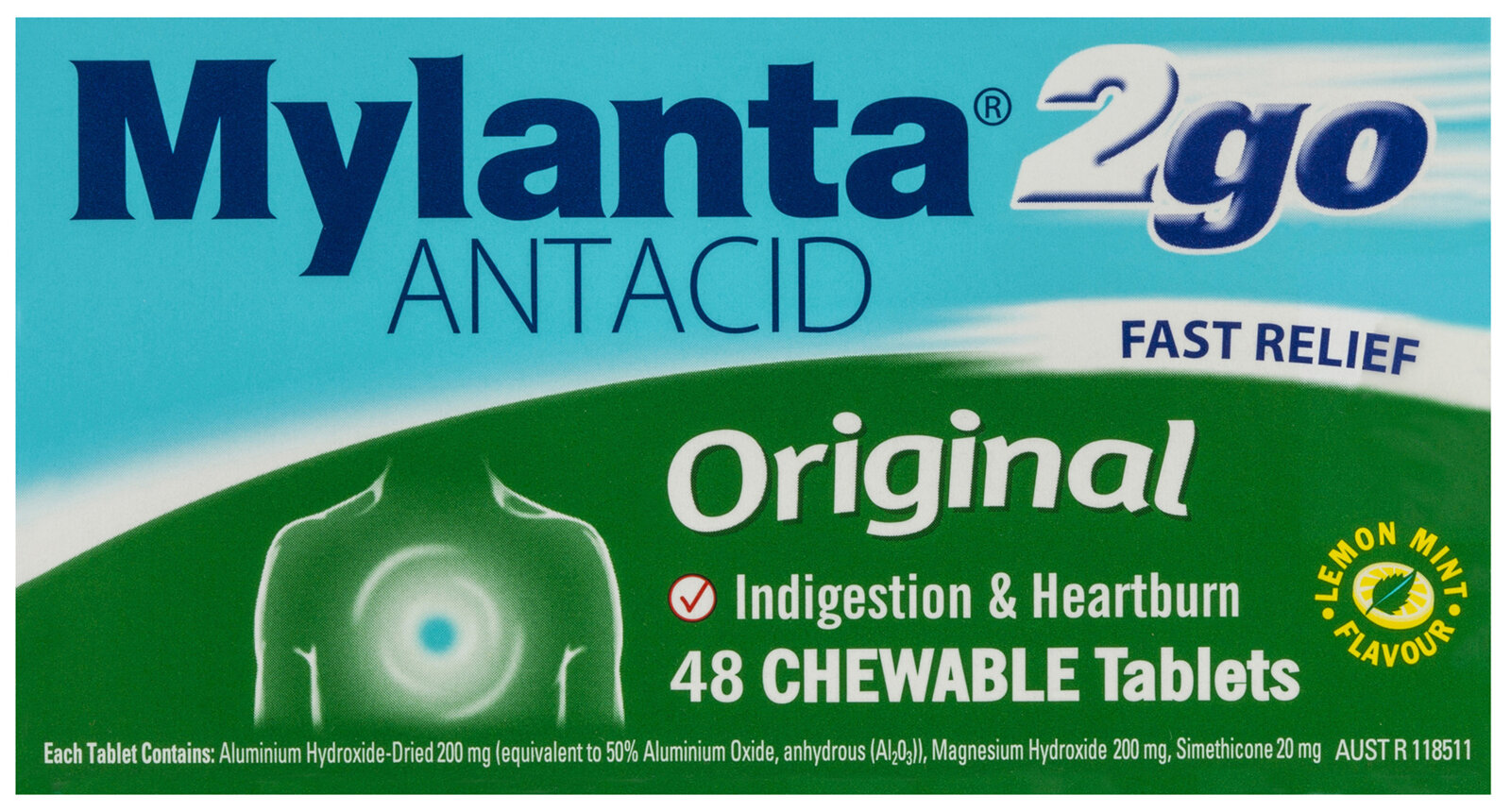



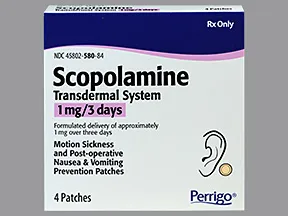



:max_bytes(150000):strip_icc()/penicillin-56a26f733df78cf77275aedb.jpg)

